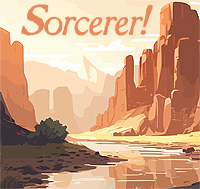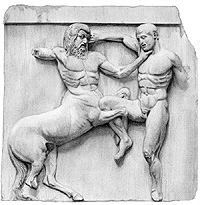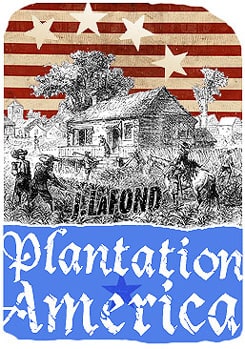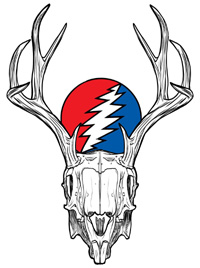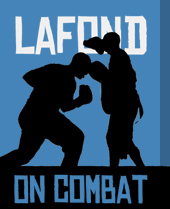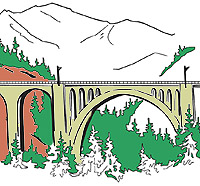“James I have observed that you have remarkable powers of recovery from injury and illness. I credit this to your life as a walker and that you are unique as a writer and a later life athlete largely because you have walked so much. I have seen first hand what two weeks of bed rest can do to a person. If you had been a driver I suspect you would not have such recuperative powers.”
-Lynn Lockhart
…
Lynn, I have some historical thoughts here. First, thank you for being my medical coordinator. I cannot tolerate talking to these people. I think that walking has helped me a lot and say this also because my two years of worst health, late 2016 thru late 2018, was a period when I could barely walk, when I was recovering from a torn hip rotator. I got really fat. As a sub-prime athlete and a laborer with numerous work injuries, I have become very good at assessing new limitations from an injury and working around it. I have been sidelined from working six times due to back injury, and fighting as often, and have always been able to make a return to these activities without surgery.
Walking, I long ago found, is the injured man’s friend, a very good rehab activity for most forms of recovery. For nothing else are we so well designed as walking. Sitting, in particular, is not something for which we are well designed, begging the muses to sing bitterly of earthly thrones.
Below are my historical thoughts, inspired in part by listening to John Bunyan’s Heavenly Footman, a sermon he seems to have written close on his death day in the 1680s to 90s. The editor of this piece points out that this is not the footman of the 1860s, who is either clothed in red to denote his sanguine trade, or is a gussied up lackey to the rich and powerful, a prop for social vanity. Bunyan notes that the footman he is using as a metaphor for heavenly ascent is the stranger in a strange land, a wanderer on foot upon the earth, a pilgrim.
This brings to mind:
Exodus, and the walk up out of Egypt.
The Bronze Age Collapse of about the same time as Exodus, in which Sea People warriors, lightly armed food soldiers, developed aggressive methods for wiping out chariot armies of upper class warriors by running up into the chariots sword in hand.
The apobates, the foot soldier, who ran alongside a chariot and hoped on and off and ran alongside his master’s horse.
The Agrianian javelin men who walked across the world their master Alexander conquered, always in the front and first, being the nimblest, fastest and most tireless.
The Silver Shields, the Foot Companions of Phillip, and then Alexander and then his successors, who ended their career as the most feared fighting men of the Hellenistic Age, selling their shields to the highest bidder. Even when they were all over 60 years, these men, who marched up to 60 miles in a day, were unbeatable except by treachery.
The Roman Legionnaire, who walked 18 miles a day and then built a fort with the heavy kit he bore all the way. The frontier legions were always more than a match for the Praetorians who stayed at home.
The Swiss Pikemen who were the late middle ages version of the Silver Shields, who walked to battle and were unbeatable except with guns. These men sold their lives so dearly for a besieged Pope making his escape, that the Pope still insists on Swiss guards.
The Long War Way, or Appalachian Trail, traversed by extreme walkers of tribal and frontier types. Both types of warriors got the best of parade ground soldiers when they met in battle. These tribal and frontier fighters are the antecedents of the U.S. Army Rangers, who have a certain “Ranger Walk” that is practiced as a fitness method to this day.
Pedestrianism was the key conditioning activity of the British bare-knuckle boxers. Before tendon surgery was available, running was risky conditioning for the combat athlete and walking was the way alone to fitness. No athlete required more recuperative powers than the London Prize Ring boxer, who might have to fight for hours, recovering from dozens of KOs in the same fight.
The Scarecrow Soldiers of the Army of Northern Virginia, also known as Jackson’s “Foot Cavalry” walked underfed and barefoot to more victories and draws against superior forces than any other army in history.
The Apaches under Geronimo, in their war against Mexico were not dependent on horses for transport and would walk hundreds of miles in attack and on retreat.
I have noted that walking helps me recover from injuries at a higher rate than any other state. Walking also helps me think and meditate, and is where I write many books in my head, especially dialogue. This brings me back around to listening to Aristotle and realizing, that he conducted his inquiries into science and society with his students while walking around the xystos of the Academy, the covered track around the wrestling ground, that the men who founded the Western World thought on their feet as well as fought on their feet, that Aristotle’s clear thought were written down, most likely by Theophrastos, while they were walking around.
This morning, I looked at this prompt and wondered how I would respond. Then I took a hike with two ladies and three dogs up over the Mountain, turned and saw The Olympics rising snow covered in the distance under the pale winter moon, and was suddenly confident that the words would come when I returned here, to his sunlit pump room.


